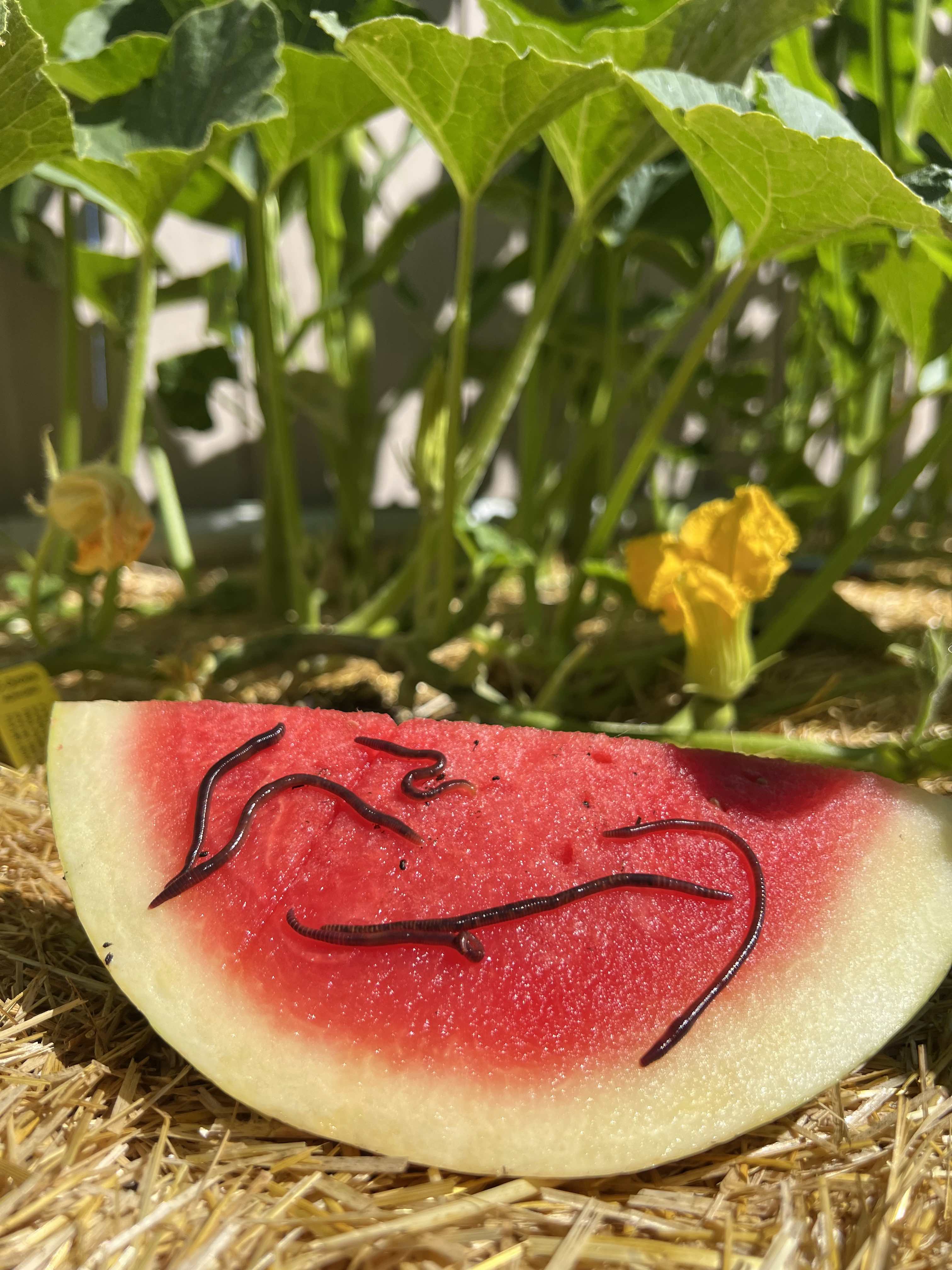Facts About Red Wiggler Express Uncovered
6 Easy Facts About Red Wiggler Express Explained
Table of ContentsRumored Buzz on Red Wiggler ExpressThe Basic Principles Of Red Wiggler Express Red Wiggler Express - An OverviewRed Wiggler Express Fundamentals ExplainedThe Greatest Guide To Red Wiggler Express
Some worm farmers actually keep food and water to imitate drought conditions and bump up cocoon manufacturing. We do not recommend this for the home composter as it has the prospective to kill off way too many of your best worms. Currently that you know everything about the red worm it's time to go out and locate a good vendor and get an extra pound or 2 and begin your own worm farm.This overview will introduce you to the red wiggler to consist of a much deeper on dive on the types and info on breeding, life cycle, and reproduction. We'll discuss how to preserve red wigglers and why they ought to be the go-to worm for most composters. The red wiggler (binomial name: eisenia fetida) is the globe's most typical composting worm.
A research recommends that both can generate hybrid spawn, a phenomenon which must otherwise be taken into consideration difficult in between many worm species. Fun truth: The "fetid" component of the binomial name refers to what some claim is a foul-smelling secretion the red wiggler utilizes to ward off killers. I have actually been dealing with them for years and never ever noticed this! The makeup of a red wiggler appears like that of other typical earthworms; a long-segmented body begins at the sharp head and ends at a slightly-flatted tail.
Red Wiggler Express Fundamentals Explained
The digestive system system is straightforward, beginning at the mouth where the worm starts to consume its food prior to passing it on to the pharynx. The throat is a muscular area which imitates a pump to draw food into the mouth before pumping it out into the esophagus. The esophagus is slim and thin-walled and functions as the "waiting space" for the gizzard.
Keep in mind: This demand for grinding is why grit is suggested in a worm container. The worm includes no native grinding ability so the worm depends on consumed grit to assist grind its food in the gizzard. The tummy is where the first chemical breakdown of food occurs with the assistance of a protein-busting enzyme.

Within 42 days, these infant worms will reach sex-related maturity as evidenced by the appearance of the clitellum. A mature red wiggler can be anticipated to live between one to 3 years. The magnificent red wiggler may occasionally be used as a lure worm for smaller fish or as a protein source for hens and reptiles.
About Red Wiggler Express
And as discussed over, they are the most usual composting worm in the world. Rather, a mix of cost, strength, and comfort in a wide variety of temperatures makes it the most proper composting worm for most brand-new vermicomposters.
This is an usual method amongst worm shippers who don't intend to risk having the worms being in a hot or cold storage facility over the weekend break. Worm growers are not saving worms in a circumstance where they are all set to deliver. The worms should be gathered from their habitat first, so cultivators will certainly typically set a Friday or Saturday target date in order to harvest in time for a Monday delivery.
To conserve on shipping price, you might desire to see if there are any nearby "Mother and Pop" shops through a Google search (Red Wigglers For Sale).
I call these the "Big 3" variables of worm container upkeep. If you keep all 3 within proper ranges, after that there's not * that * a lot that can fail with your container. As stated earlier, red wigglers have a wide temperature resistance. For finest outcomes, keep a temperature level of 55F-90F. Short departures out of that temperature level variety are fine.
The Best Strategy To Use For Red Wiggler Express

For best outcomes, you intend to fire for about 60-70% wetness degree. The most basic examination for this is to squeeze a handful as tough as you can. At the best moisture degrees which is simply under 70% that handful must hardly generate one decline of fluid. pH in a worm bin is rather simple to keep.


The European Nightcrawler, the larger relative of the red wiggler, is equally as starved and additionally produces an excellent bait worm. Yet it chooses a little bit of a cooler atmosphere than the red wiggler. The African Nightcrawler is a large composting worm and makes a stunning, granular cast.
The Indian Blue is starved, but additionally favors a warmer climate and it additionally shows a tendency to leave the container. The red wiggler is a hardy worm and isn't as picky concerning its climate. I like to call it the Ford Taurus of vermicomposting worms; you won't brag to your hardcore composting pals that you have them, but they will certainly serve you well.
The smart Trick of Red Wiggler Express That Nobody is Discussing
Guaranteed active 1/2 lb of hand sorted Red Wigglers/Compost with worms (+500 worms) in various stages of life from cocoons to mature worms in their all-natural environment/bedding. Hand arranged worms lowered the disturbance of the worms hence guaranteeing live distribution. Red wiggler worms do not like resonances or light.